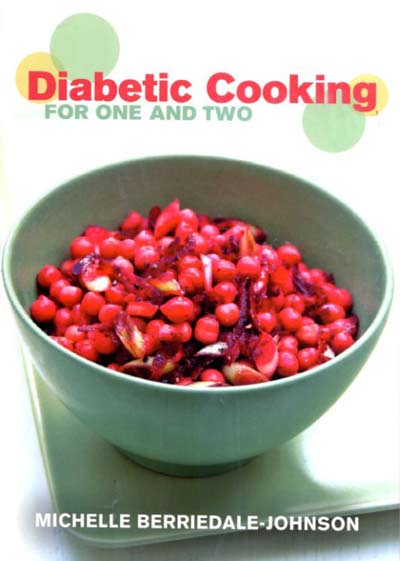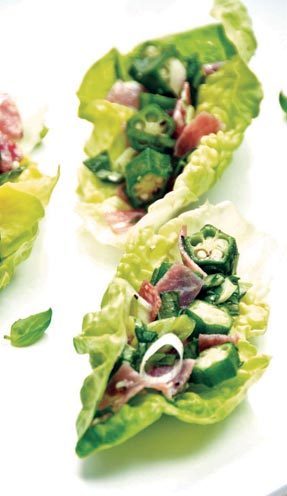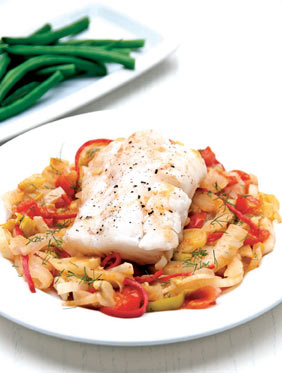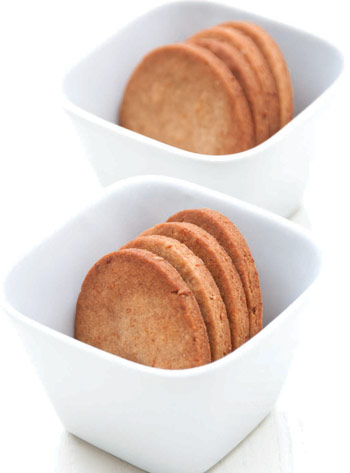|
|

|
Most recipes in most cookery books (and we are guilty of this on the FFRM site too...) give quantities for four or six people, yet the chances are that the vast majority of people spend most of their time cooking for one or two and not for four or six! So when Grub Street asked me to do a diabetic book with recipes designed for just one or two people, it seemed a sort of no brainer! The recipes in the book are therefore designed for one or two people but can easily be scaled up if you are entertaining – but remember to ‘scale up’ ingredients such as cooking oil and seasoning slightly less than the main ingredients. I hope that all the dishes will be good enough for readers to want to eat them again so, even if they are on your own, two helpings will be welcome! All the recipes are for dishes which could be eaten by anyone, diabetic or not – and most are suitable, or could be made so with a minimum of adjustment, for those with other dietary restriction such as gluten or dairy. All are made from ‘real’ food, none are either lengthy or complicated and all are designed to encourage readers to cook and experiment on their own thus making cooking for a diabetic diet an exciting voyage of discovery rather than a chore! Published by Grub Street @ £14.99. You can buy it at Amazon here.
Salami and okra savoury
Serves 1 (double quantities for 2)
3 slices of salami of your choice
Cut the salami into small squares. Top the okra and slice Alternatively, lay the lettuce leaves on a slice of wholemeal toast, then pile on the salami mixture. Note
Fillets of cod with chilli
Serves 1 (double quantities for 2) 1 tbsp olive oil Heat the oil in a smallish pan. Note
Beetroot and chickpea or butterbean salad (pictured above) Both chickpeas and butter beans are low on the glycaemic index and both work equally well in this salad – so take your pick! The salad benefits from time to mature so if you have too much it will be fine for at least another 24 hours in the fridge. Serves 2 1 raw beetroot, peeled and grated Mix the grated beetroot thoroughly with the chickpeas and the spring onions. Add the soya sauce, vinegar, oils and pepper and mix again thoroughly. Note
Old fashioned ginger and honey biscuits
Makes around 8 biscuits 100g sifted gluten-free plain flour Mix the flour, ginger, sugar and rind. Note |

 This is a delicious little bonne bouche which you could have as a starter – or pile it on toast and have it for lunch.
This is a delicious little bonne bouche which you could have as a starter – or pile it on toast and have it for lunch. This is a very simple dish but looks – and tastes – really good. The fieriness of the chillis goes well with the ‘cool’ flavour of the fish – but you need to be careful not to overdo them!
This is a very simple dish but looks – and tastes – really good. The fieriness of the chillis goes well with the ‘cool’ flavour of the fish – but you need to be careful not to overdo them! The original of this recipe used black treacle but since honey has a far lower glycaemic load it might be well
The original of this recipe used black treacle but since honey has a far lower glycaemic load it might be well





